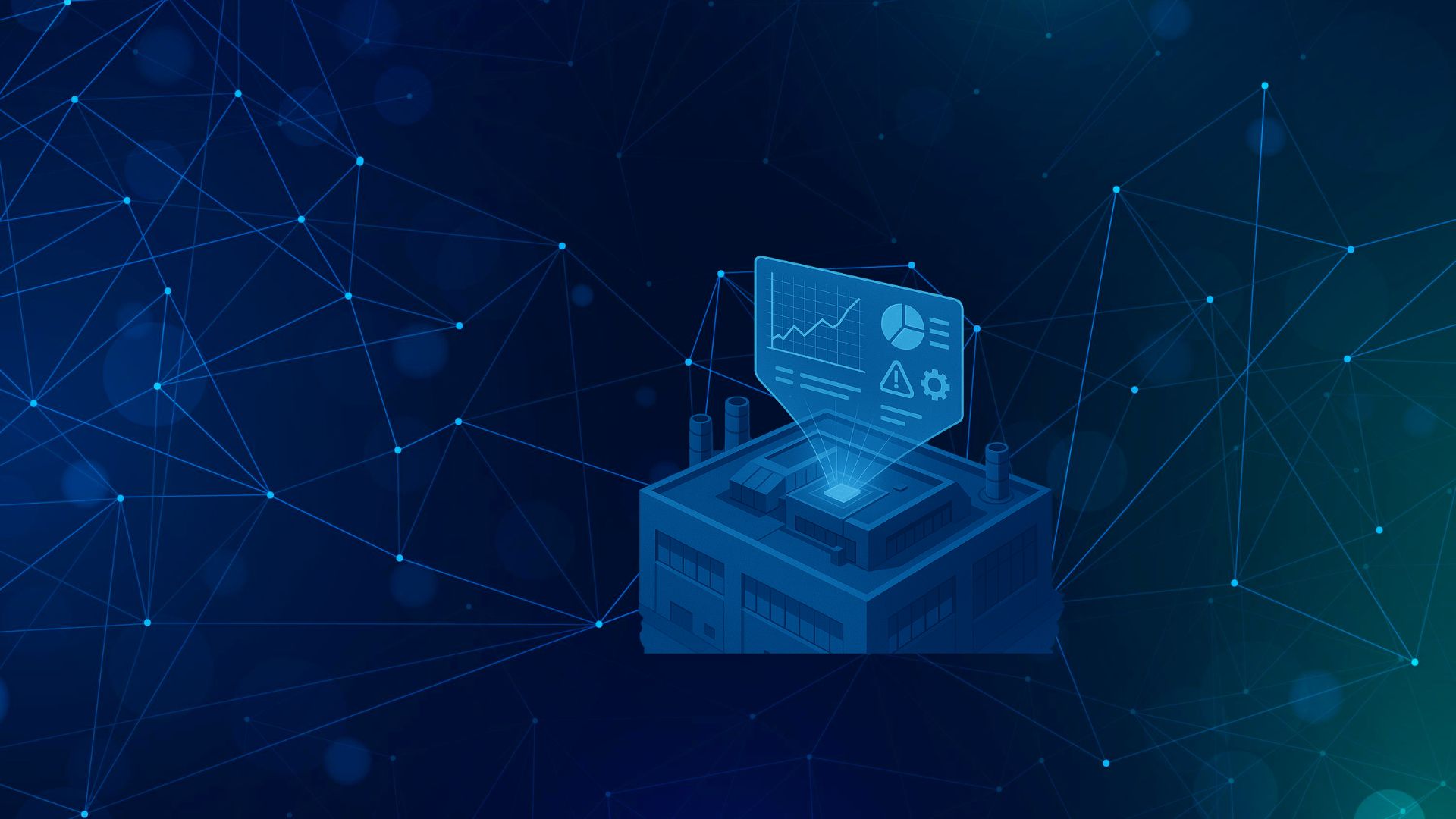Food Waste Facts
In Europe, 30% of food waste is generated during food production and processing stages, contributing significantly to overall waste.
The EU and its member states have pledged to meet the United Nations Sustainable Development Goal of halving per capita global food waste at retail and consumer levels, as well as reducing food loss throughout production and supply chains by 2030. This commitment is crucial to reduce food waste and improve resource efficiency.
To accelerate this goal, the EU has introduced specific measures aimed at limiting food loss and waste. In July 2023, the European Commission presented a proposed revision to the EU’s Waste Framework Directive. This revision includes new legally binding targets for food waste reduction by 2030.
In June 2024, the Council of the EU reached an agreement on its stance for negotiations with the European Parliament on the proposed targets. The Council requests that food waste be reduced by the following targets by 2030:
- 10% in production and processing
- 30% per capita across retail, restaurants, catering, and households
The Origins of Food Waste in the Industrial and Commercial Sectors
Food loss in the industrial sector has multiple causes across the entire food chain. Two main causes are linked directly to industrial and commercial refrigeration. Ensuring the cold chain remains unbroken and that each product is continuously stored under optimal conditions is essential.
These causes include:
- Inadequate cold storage conditions for preserving perishable products during production, harvesting, manufacturing, or wholesale storage stages.
- Insufficient temperature control at the retail stage.
Food Waste Prevention Plan
An example food waste prevention plan might include the following phases to reduce food loss:
- Initial Diagnosis of Loss and Waste: Identifies critical points in the product lifecycle, quantifies waste, and analyzes internal and external causes, setting specific targets (e.g., reducing waste by 15% within a year).
- Reduction Strategies: Including technologies and innovations.
- Personnel Training: Training covers food handling and conservation practices, raises awareness of food loss impacts, and assigns roles for effective implementation at each production and sales area, with a focus on the food service and distribution sectors.
- Measurement and Monitoring: Defines KPIs for waste reduction and conducts internal audits and periodic reports, using continuous feedback to optimize strategies and achieve constant improvements.
- External Communication and Awareness: Informs the public about food loss reduction progress through social reports, educates consumers with campaigns to reduce food waste, and obtains certifications validating the company’s sustainable commitment.
Food Waste Solutions
The food industry can implement diverse strategies at each food chain stage to reduce food waste, such as:
Food waste solutions in Agricultural Production
- Optimize harvest schedules, using climate prediction and crop monitoring technologies (soil, water, nutrients) and ripening techniques.
- Grow climate-resilient or long-lasting crop varieties.
- Use advanced refrigeration technologies to preserve fresh ingredients and foods in perfect condition.
- Market “imperfect” food products (those that don’t meet aesthetic standards) as usual products or sub-products.
Food waste solutions in Manufacturing and Food Processing
- Maximize ingredient and raw material use, with control of the HACCP system.
- Use advanced refrigeration software for complete temperature and humidity control in cold rooms and freezing tunnels.
- Implement data analysis techniques to optimize production times, minimizing bottlenecks and delays that could cause food loss.
- Automate to detect and remove defective products on production lines, preventing product spoilage or contamination.
Food waste solutions in Wholesale Storage
- Install advanced preservation technologies, including state-of-the-art refrigeration systems and maintenance software for real-time monitoring and temperature and humidity control to prevent product degradation.
- Implement the “First Expired, First Out” (FEFO) system to prioritize the distribution of products with the nearest expiration date, reducing expiration-related inventory losses.
- Use traceability technologies to identify product origin, route, and condition, supporting better storage and distribution decisions.
Food loss solutions in Retail Sales
- Optimize and maintain commercial refrigeration systems, as described in previous phases.
- Implement data analysis systems to predict demand, ensuring enough stock without creating surpluses.
- Offer discounts on near-expiry products to encourage quick sales.
Cross-Cutting Reduction Strategies
- Consumer Education and Awareness: Normalize the sale of imperfect but edible products, and educate on proper food storage and usage to reduce food loss.
- Food Surplus Donations: Surplus food donations to food banks or charities will become mandatory once the Food Waste Law is enforced.
How to prevent food waste with Technology for Industrial and Commercial Refrigeration Optimization
Advanced technologies such as the Internet of Things (IoT) and artificial intelligence (AI) enable companies to closely monitor refrigeration units and preservation equipment. This approach significantly impacts inventory management and reduces product spoilage.
Real-Time Monitoring
IoT sensors allow real-time monitoring of refrigeration equipment, detecting any changes in variables, like temperature or humidity, that could compromise product shelf life.
Preventive and Predictive Maintenance:
Using Big Data and predictive algorithms, refrigeration facilities’ maintenance can be continuously optimized to prevent product spoilage.
Digital Twin Technology: This virtual model allows real-time simulation of different scenarios, enabling facility managers to continuously optimize refrigeration equipment configurations. This technology allows for adjustment based on environmental conditions and product type, ensuring the best storage conditions.
This predictive maintenance approach also promotes sustainability by optimizing energy usage and extending equipment lifespans and food safety.



